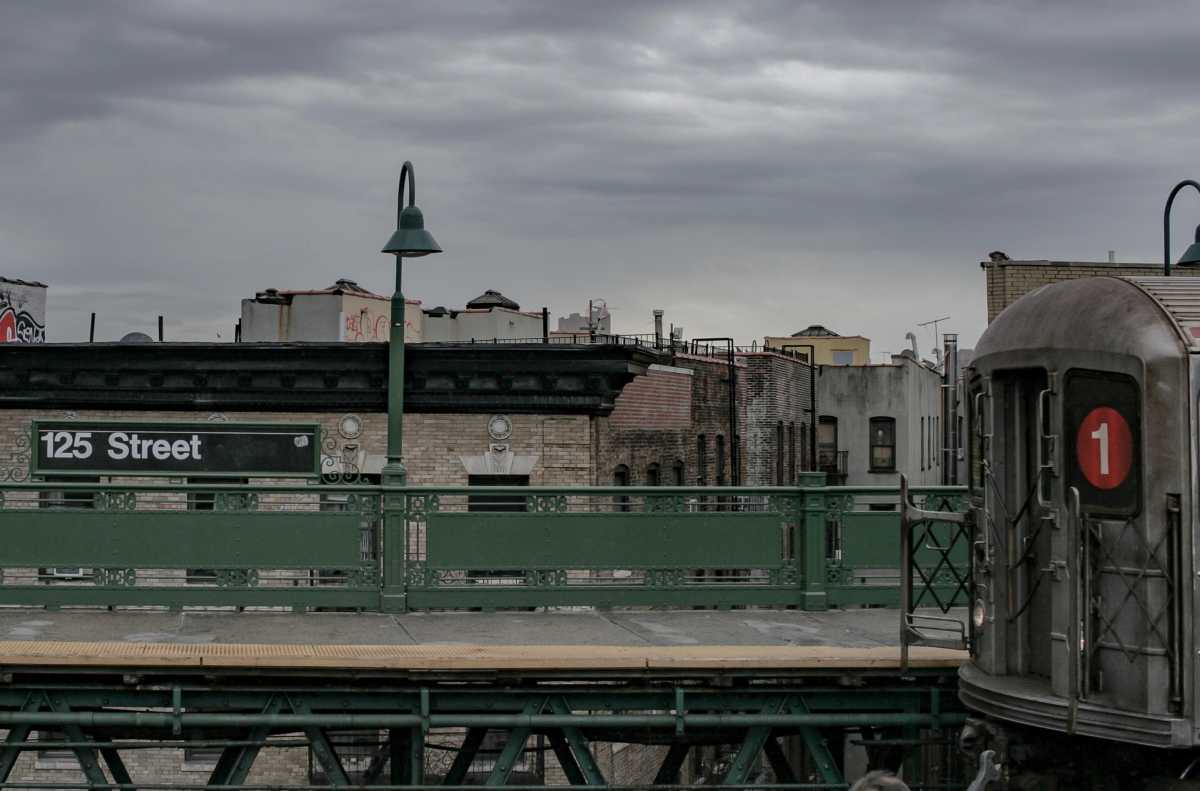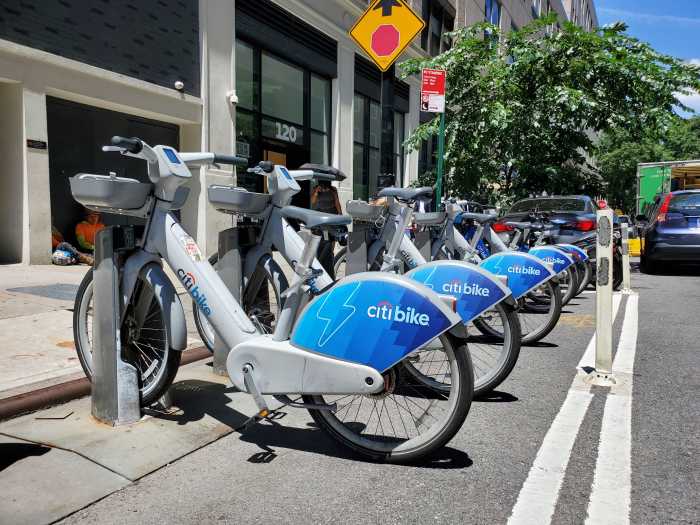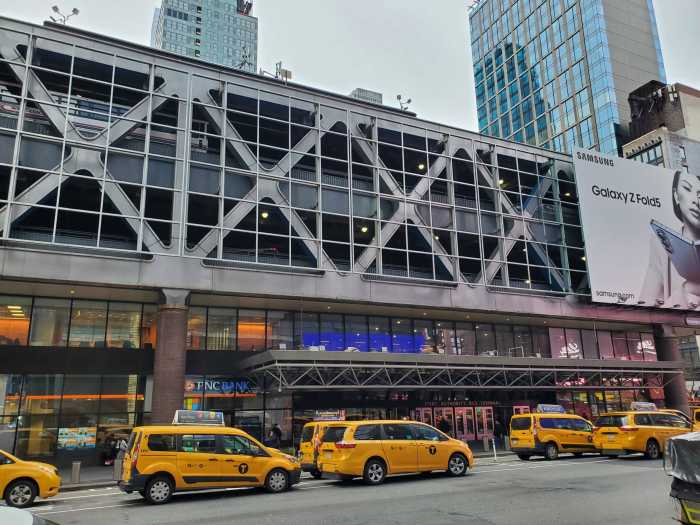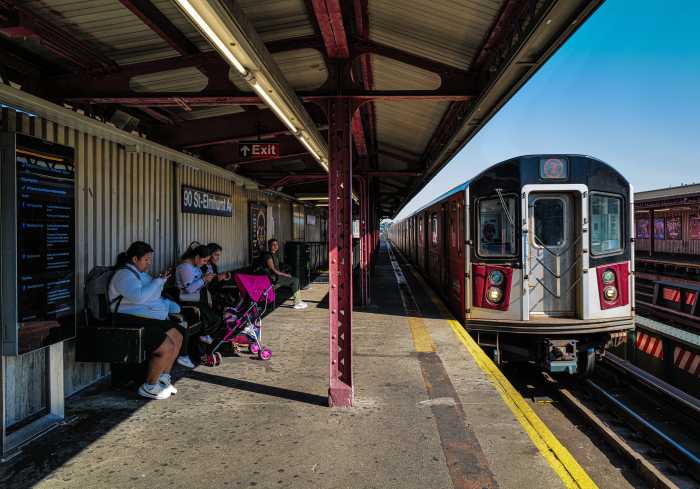The MTA is making good on its resolution to increase the number of ADA accessible subway stations — but there’s much more work ahead.
The authority announced Thursday that it would expedite the process of installing elevators in 23 stations system wide in the 2020-2024 budget. The 23 expedited stations are a subset of 70 total slated for upgrades in the capital plan.
The MTA will be using the design-build method to bring two to three elevators to each station in NYC Transit, Staten Island Railway, Metro-North and the Long Island Rail Road.
MTA Chairman and CEO Pat Foye said the improvements are a “top priority” after the accessibility has been a topic of scrutiny from elected officials and activists throughout 2019 with only 25 percent of stations in compliance with federal ADA laws.
Currently, there are 124 stations in compliance with disability laws, with 24 being added in the current capital plan, an MTA spokesman said.
“Accessibility is a top priority for the MTA, and we are committed to completing these accessibility projects as quickly as possible,” Foye said. “The Capital Plan’s historic $5.2 billion investment in accessibility brings us one step closer to creating the equitable transit system New Yorkers deserve.”
Structural and electrical repairs will also accompany the improvements, according to the MTA. In some cases, major changes to how people access stations from stairwells will dramatically change, but with the installation of more stairs.
Queens, being the largest borough by landmass, has the highest number of stations on the list for improvement, with improvements coming to the Beach 67 St, Broadway, Court Sq-23 St, Steinway Street and Woodhaven Boulevard subway stations, along with the Locust Manor and Saint Albans on the LIRR.
“We are going to deliver these accessibility improvements better, faster and more efficiently, not only by requiring design-build, but also by bundling these projects across MTA agencies to take advantage of proximity,” MTA Chief Development Officer Janno Lieber said. “Innovation is the driving force of this approach.”
The Bronx will see the improvements at the Brook Avenue, East 149 Street, Wakefield Metro-North,Wakefield-241 Street station on the 2 train. In Brooklyn, commuters through 7 Avenue on the F/G, Classon Avenue G, Grand and Lorimer Streets on the L and Metropolitan Avenue on the G will also become more accessible.
As for Manhattan, only four stations will be getting elevators: 137th St-City College, 181st Street, Dyckman Street, Harlem-148 Street stops.
Clifton SIR, New Dorp and Huguenot stations are the only ones in Staten Island to be upgraded.
After all work is said and done, the MTA will be closer to having 50 percent of all 472 subway stations ADA accessible.
The $5.9 billion accessibility project is part of the historic 2020-2024 Capital Plan to invest $51.5 billion agency’s subways, buses and commuter rail systems.





































